Cut From the Same Cloth
Van Morrison’s Astral Weeks and Veedon Fleece Buy Astral Weeks Buy Veedon Fleece This article was provided by Mike Fishman, who has written about Van Morrison for the Mystic Avenue blog and writes […]
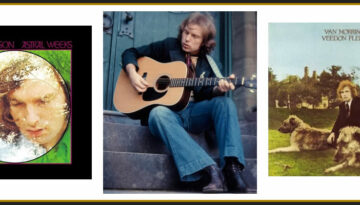
Van Morrison’s Astral Weeks and Veedon Fleece Buy Astral Weeks Buy Veedon Fleece This article was provided by Mike Fishman, who has written about Van Morrison for the Mystic Avenue blog and writes […]

Buy War With their third album War in early 1983, U2 fully arrived on the international music scene and has remained on the top echelon ever since. A commercial success for the band, […]
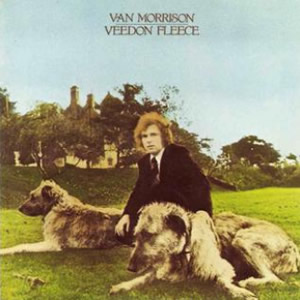
Buy Veedon Fleece This album review is provided by Mike Fishman, who has written about Van Morrison for the Mystic Avenue blog and writes about film for IndependentFilmNow.com. Any musician with a career […]
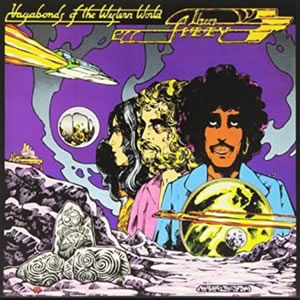
Buy Vagabonds of the Western World The 1973 release Vagabonds of the Western World, the third studio album by Thin Lizzy, is a cohesive collection of original style and substance by this group […]
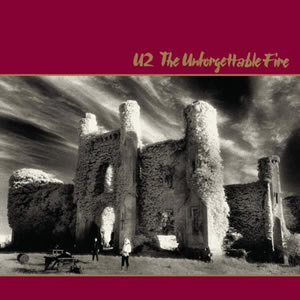
Buy The Unforgettable Fire U2 decided to take a bit of a turn following their initial mainstream success. They brought in producers Brian Eno and Daniel Lanois to forge the ambient sound of […]

Buy The Joshua Tree The Joshua Tree was the long-awaited fifth studio album by U2, released in the spring of 1987. Although not a true “concept” album, it was uniformly inspired by the […]
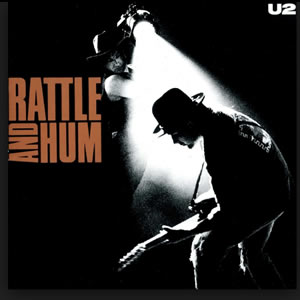
Buy Rattle and Hum With some major commercial success in the bag by 1988, U2 decided to try something different. The ambitious double length LP Rattle and Hum is a hybrid of new […]
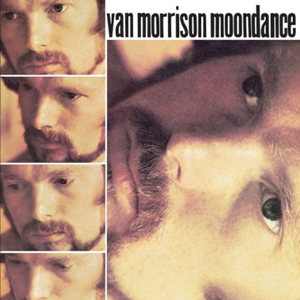
Buy Moondance We’ve covered more music from the year 1970 than from any other year at Classic Rock Review. Through these nineteen articles covering twenty-three different albums, we’ve observed some of the finest rock […]
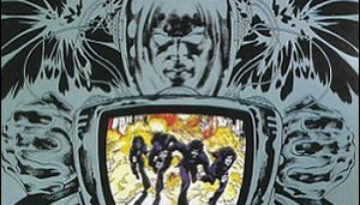
Buy Jailbreak After a long musical journey which included style shifts, various lineup changes and five less-than-commercially successful albums, Thin Lizzy finally broke through in 1976 with Jailbreak. This quasi-concept record has an […]

Buy Into the Music Van Morrison completed his impressive 1970s output with his classic 11th studio album, Into the Music in 1979. The album features a large ensemble of musicians and singers to […]